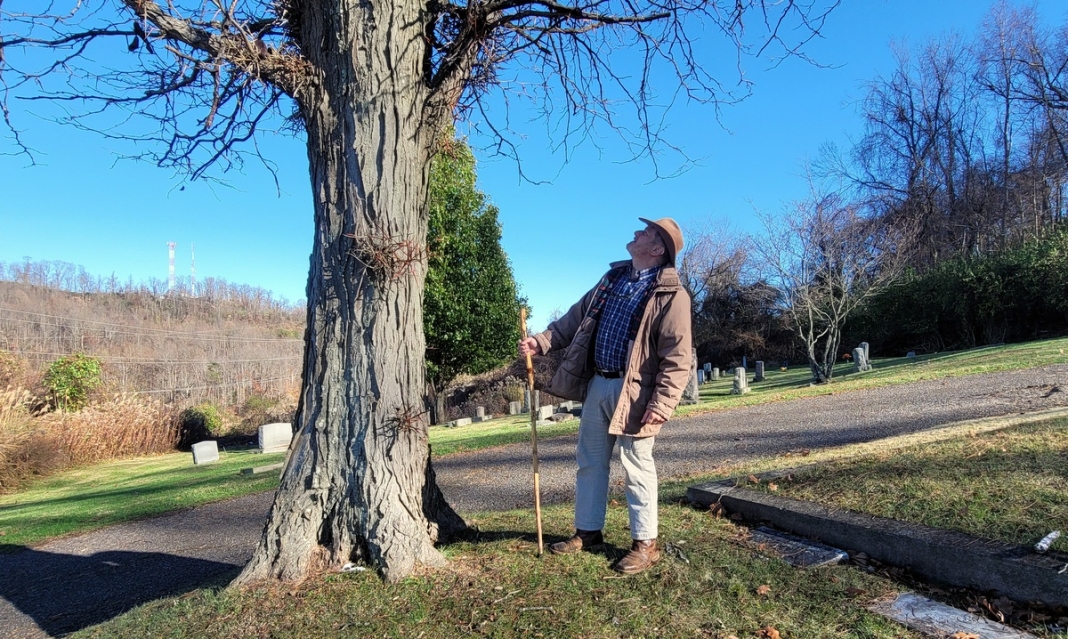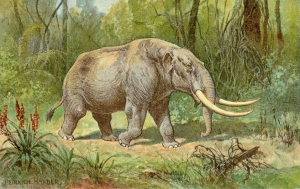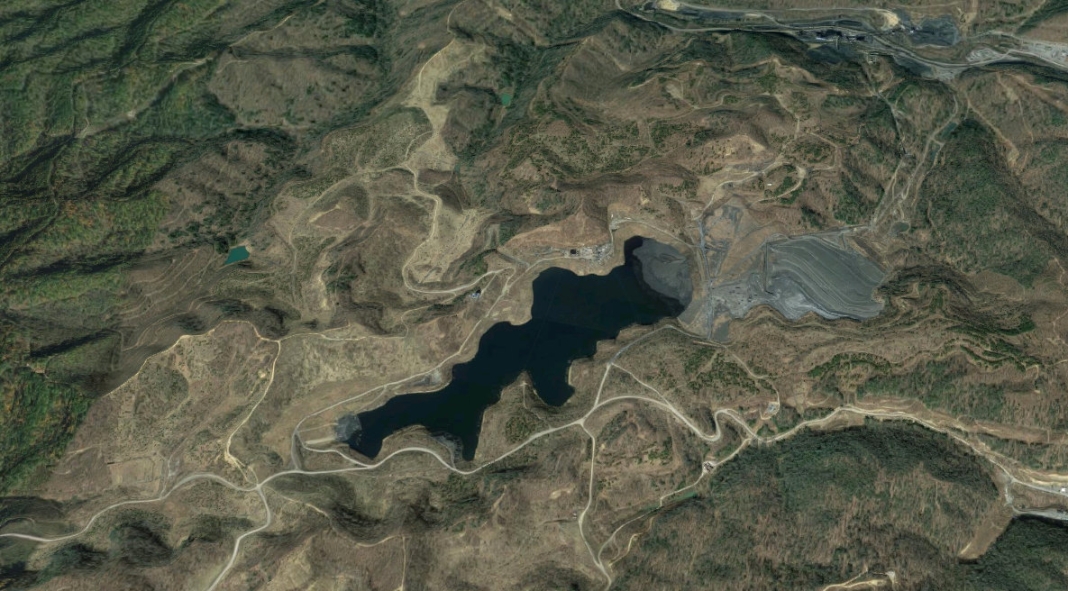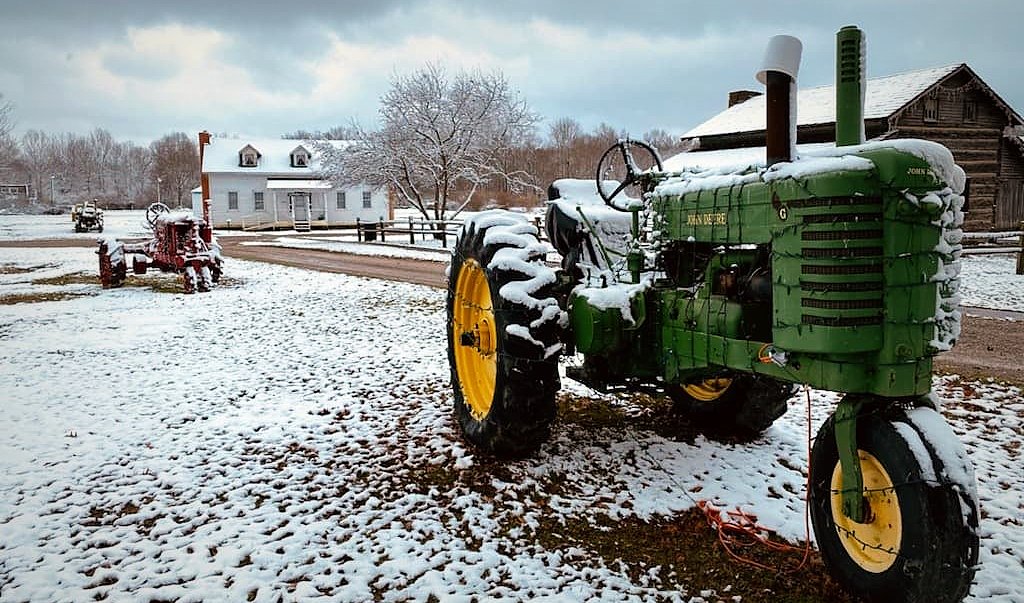CAIRO, W.Va. — With thorns the size of knives, this bizarre cousin of the black locust tree that's common throughout West Virginia might have arrived in what's now the Mountain State by prehistoric mastodon.
Master naturalist Doug Wood has observed the species— known as the honey locust or thorny locust—in northern West Virginia along the North Bend Rail Trail, where he has called attention to its remarkable history.
"This isn't a common species in West Virginia, and we're still unsure how they made it into the region," Wood said of the tree, which is far more common in the lower Mississippi Valley.
"Some thought the buffalo might have carried it here, but we've discovered that the trees were here long before the buffalo arrived, so we think that mastodon might have carried them into the region instead."
Far less common than the black locust, which may be identified by its large thorns spaced here and there along the trunk, the honey locust features clusters of many thorns several inches long.
Distantly related to elephants, herds of mastodons inhabited North American forests until their extinction 10,000 to 11,000 years ago, browsing and grazing much like elephants today.

Bison typically roamed across prairies and plains in open or semiopen grasslands. However, they did not enter West Virginia until the late 1600s after Native Americans had cleared and abandoned grasslands that permitted the animals to extend their range.
The honey locust, Wood pointed out, is located along the North Bend Rail Trail along Bonds Creek, some 200 feet west of the entrance to Tunnel 13 and the North Bend State Park access trail.
Wood was one of several speakers who presented programs at the annual Winter Wonder Weekend at the state park, a family weekend getaway at the park's lodge that provides a panoply of events for children, adults, and older adults.
For more information on the weekend and the state park, contact North Bend State Park.
Obscure building at prehistoric mound boasts curious history

When tourists arrive in Moundsville, West Virginia, they most often come to see the massive Grave Creek Adena burial mound or tour the city's infamous West Virginia Penitentiary. Few may notice the small stone structures at the base of the mound across from the prison and fewer still may know of the link between them. Read the full story here.
Sign up to receive of FREE copy of West Virginia Explorer Magazine in your email weekly. Sign me up!



